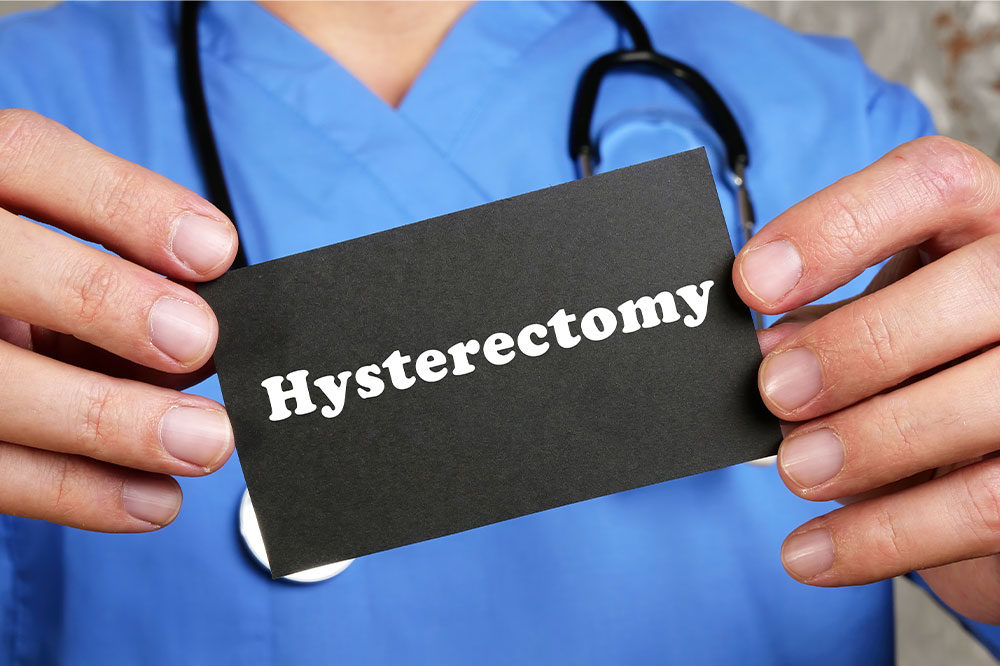
A broad guide to hysterectomies
Hysterectomy is an invasive surgical procedure in which the uterus is removed. It is performed to treat specific uterus problems, such as uterine cancer or endometriosis. The surgery can be accomplished through the vagina, via an abdominal incision, or with smaller incisions made by a laparoscope. The person going through this procedure will not be able to menstruate or get pregnant post-surgery. More than 500,000 hysterectomy procedures are done in the country every year.
Purpose of a hysterectomy
The procedure can be done to treat problems with your reproductive system, such as uterine cancer or endometriosis (a condition that causes inflammation in the lining of your womb). It may also be done to remove fibroids or benign proliferative growths on the uterus wall. A hysterectomy may be done to treat:
Uterine cancer: Cancer of the uterus (uterine) is one of the most common cancers in women and accounts for about one-third of all gynecological cancers.
Endometriosis: Endometriosis is a condition wherein a tissue called endometrium grows outside its place in the uterus.
Procedure
A hysterectomy takes about an hour and typically involves three steps: being prepared for surgery, undergoing general anesthesia, then recovering from anesthesia after surgery. During this period, a team of health professionals will monitor your vital signs while ensuring they stay stable enough, so they do not interfere with recovery when natural processes begin again, such as menstruation.
Recovery
After the surgery, you might need some help getting back into your routine if you have a long recovery or severe pain. Most women stay in bed for 24 hours after surgery, then are encouraged to get out of bed and walk around.
One must expect to be hospitalized for three days after a hysterectomy. Post that, you are cleared to go home unless there is an emergency (such as severe bleeding). However, your doctor may want you to go home sooner if they think it’s safe based on how much blood loss occurred during surgery; this decision is made by examining your blood pressure and heart rate. All other body functions are also examined, such as whether or not there are clots blocking circulation channels like arteries leading up toward their destination point.
Most women get back to their daily activities three weeks after a hysterectomy. You must take it easy and avoid strenuous activity for a few weeks, but do not keep this from stopping you from doing things you enjoy or even just getting out of bed in the morning! You may feel tired for up to two months after the surgery. It is imperative to avoid lifting anything heavy for at least six weeks after the procedure and to stay away from driving for at least six weeks after it.
Benefits
The benefits of removing your uterus include a decrease in menstrual bleeding (menstrual flow). This can help you feel more comfortable during your periods and reduce PMS symptoms such as cramps, bloating, and irritability. Further advantages of the procedure are the removal of fibroids, which are benign tumors that grow on your uterus wall. Additionally, you may no longer have to take birth control pills to prevent pregnancy.
Hysterectomy is a simple procedure that can be done in an outpatient setting with little to no preparation. You should consult your doctor before you decide on this option so they can discuss any risks and benefits of a hysterectomy for you.




